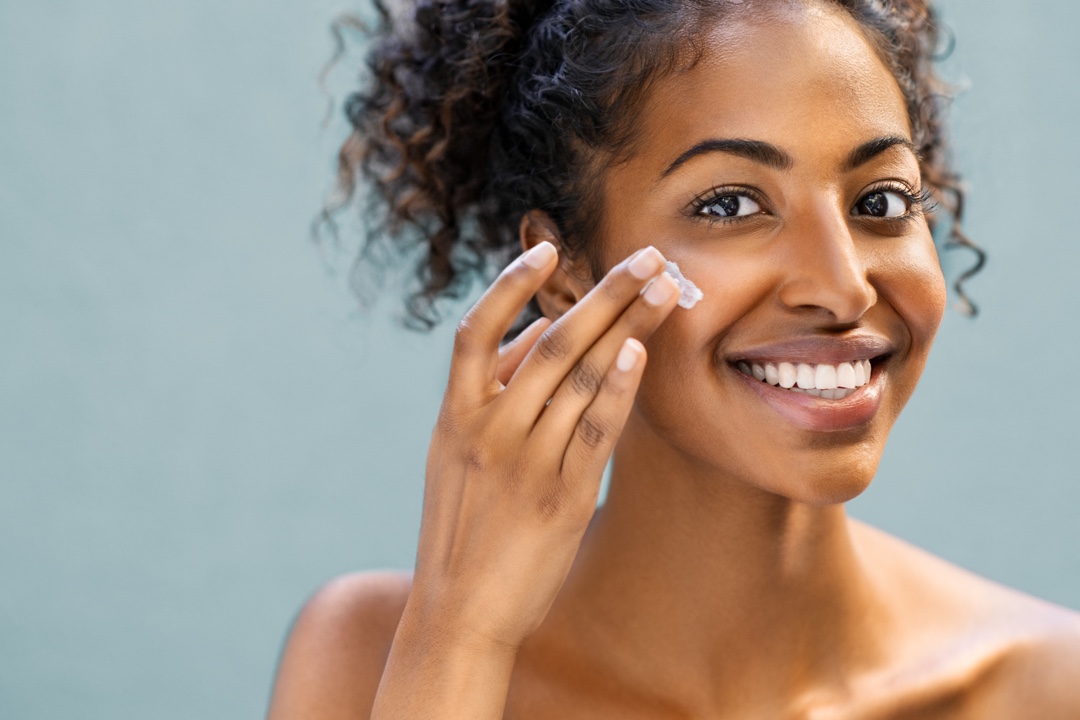Skin Types
Considerations for darker skin types when choosing in-clinic skin treatments
To get the best from your treatments and to also minimise the risk of side effects, your ethnicity and skin colour will play an important role when selecting your treatments.
3 min read
Dr Yalda
May 01, 2020

When assessing your skin, your practitioner might refer to your 'Fitzpatrick Skin Type'. The Fitzpatrick scale classifies human skin type, based on the colour of your skin, hair and eyes and your sensitivity towards UV radiation.
Doctors worldwide refer to the scale to assess the risk of UV associated skin cancers and to reinforce the need for a broad-spectrum sunscreen in our daily routines. You will fall into one of the six skin tying categories.
To assess your Fitzpatrick skin type, we look at five things:
- Your skin colour
- Your eye colour
- Your skin's reaction to sunlight
- Your hair colour
- Your ethnic background
The more melanin your skin has, the darker your skin, hair and iris will be, and fortunately, the more you will be protected from the sun's ultraviolet rays.

Why is this important for your in-clinic treatments?
The higher your Fitzpatrick skin type, the more melanin your skin has and the darker the appearance of your skin will be. This information is essential when we carry out skin treatments. Not all in-clinic skin treatments will be safe on all skin types. As a rule of thumb, the darker your skin, the fewer treatment options we may have. This is because darker skin is at a higher risk of developing Post Inflammatory Hyperpigmentation (PIH). PIH, as the name suggests, is pigmentation following inflammation and they can present as pinkish, brown spots on the skin.
What do you need to consider?
Your practitioner should discuss treatment options with you thoroughly. If you have Fitzpatrick Skin Type 3-6, you may need to "prep" your skin with an "anti pigment serum", before any aggressive skin treatment. Your practitioner can prescribe an anti pigment serum which reduces the melanin production in the area, thus reducing the risk of pigmentation following a treatment. This is important for treatments such as micro-needling or medium depth chemical peels.
While we are discussing skin colour, let's talk about the biggest sunscreen myth out there: "I have dark skin. I don't need to wear sunscreen". This is incorrect, regardless of your skin colour, your skin is susceptible to UV damage from the sun. Your daily sunscreen becomes even more important if you are having in-clinic skin treatments or using intense medical-grade skincare at home.
As an aesthetic physician, the following are my top 3 favourite treatments for darker skin:
Retinol Chemical Peel - This is a safe treatment to perform and requires no skin prep! Your skin may slightly flake post-treatment for seven days following treatment, but then you are left with a smoother skin texture even after one treatment.
Glycolic Chemical Peel- No time for flaking skin? You can choose to have a course of glycolic chemical peels which chemically exfoliates your skin without the apparent flakey skin. If you decide to have this treatment, it is best to use at-home glycolic acid products to prep your skin for in-clinic treatment.
Microneedling - This is a favourite all-rounder treatment; however it is best to prep your skin 2-4 weeks in advance with an anti-pigment serum to reduce your risk of PIH.